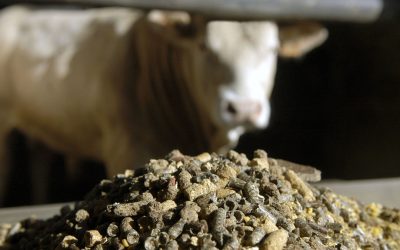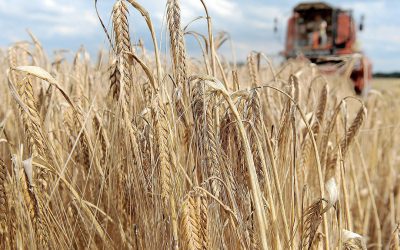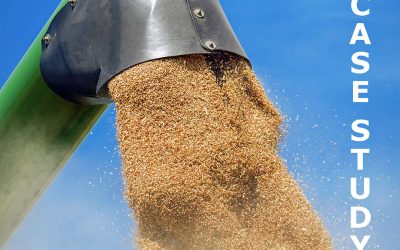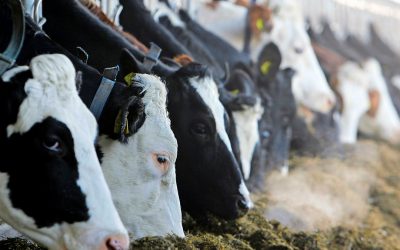Australian study looks at feed additives
Each year Australian livestock producers spend millions of dollars routinely feeding and administering additives, but are they really necessary, cost-effective and do they really work? These questions are answered in a recent report released by the Australian agricultural Kondinin Group into the worth of the popular but expensive livestock food additives.
and disadvantages of the various types of supplements such as drenches,
injections, rumen capsules, dry licks, liquid supplements, pellets and water
additives.
Get the most out of it
In this appraisal,
Kondinin Group’s livestock researcher, Pamela Lawson, outlines the various
methods that farmers can use to get the most out of livestock supplements as
well as invaluable tips on how to prevent bloat and grass tetany. She says the
convenience of feeding livestock ready-made supplements and additives compared
with grain while still gaining similar production results – have helped
producers maintain healthy, more productive animals but there is a cost
involved.
“For example the liquid urea-fortified molasses Molafos can be
an expensive way to maintain livestock at A$46.92 per head per week while
feeding grain or home-made mixes are consistently cheaper for similar
production,” Mrs Lawson said.
Independent trials
The
report looks at independent trial results that compare the performance of
different additives when administered to animals with that of the performance of
hay and grain. The trials also compared animals of varying type and age and in
different grazing circumstances such as grazing stubbles, winter cereals and
being supplementary fed grain. The Kondinin Group says the report is essential
reading for Australian farmers. It provides farmers with the information to save
them thousands of dollars each year as well as to encourage growers to
re-evaluate their feeding regimes.
Related
website:
Kondinin Group











